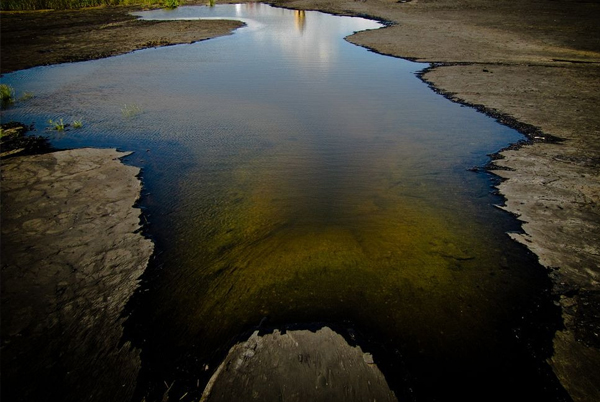Crude oil distillation produces bitumen. It is a semi-solid hydrocarbon product created during the refining process by taking the lighter fractions (such liquid petroleum gas, petrol and diesel) out of heavy crude oil. As a result, it is properly referred to as refined bitumen.
“asphalt cement” or “asphalt”
Bitumen is frequently referred to as “asphalt cement” or “asphalt” in North America. In some places, a mixture of small stones, sand, filler, and bitumen known as “asphalt” is used as a paving medium for roads. About 5% of the bitumen in the asphalt mixture is bitumen. Bitumen is a stable, semi-solid material at room temperature.
History of Bitumen
As early as the third millennium BCE, the Sumerians employed it for the construction of statues, brick walls, the mortaring of baths and drains, stair treads, and ships. These usage were carried on by other civilizations, including Babylon, India, Persia, Egypt, ancient Greece, and Rome. In some instances, bitumen is still used to hold parts together securely. The term “bitumen” is sometimes used in the Bible’s Book of Genesis to refer to the material that was used to bind the Tower of Babel’s bricks. The construction of a one-kilometer tunnel beneath the Euphrates River at Babylon during the reign of Queen Semiramis (about 700 B.C.) is said to have been made of burnt bricks smeared in bitumen as a waterproofing material, though its existence has not been proved.The word “bitumen” is Latin in origin. The drug was known by the Greek name?o (asphaltos). Dioscorides (1655 Goodyear translation) mentioned the creation of asphaltos (as opposed to piss asphalt and naphtha) around 40 A.D. Both the natural and artificial forms of the substance are referred to as bitumen and asphalt, respectively.

“The Judaicum Bitumen is better than others; that is reckoned the best, which doth shine like purple, being of a strong scent & weighty, but the black and fowle is nothing for it is adulterated with Pitch mixed with it,” the author said. It also grows in Phoenicia, Sidon, Babylon, and Zacynthum. It can also be seen moist swimming on wells in the Argentinean countries of Sicily, where it is mistakenly referred to as Sicilian oyle and used for lights instead of oyle.
The Judaicum Bitumen is a well-known native asphalt deposit that seeps from cracks at the bottom of the Dead Sea and is occasionally brought to the surface by seismic activity in blocks that can weigh up to 100 tonnes and are more than 99.99% pure. The Seleucids and the Nabateans engaged in the first documented fight for a hydrocarbon deposit there in 312 B.C.
Geological origin of Bitumen
Bitumen is found in naturally occurring deposits that were previously microscopic algae and other extinct organisms. These creatures left behind their dead bodies in the dirt at the bottom of the lake or ocean where they resided. The skeletal remains were converted into substances like bitumen, kerogen, or petroleum under the heat and pressure of being buried far beneath the earth. Examples include the deposits in the La Brea Tar Pits.
Bitumen shares structural characteristics with the organic material found in carbonaceous meteorites. However, further investigations have revealed that these materials are unique.
Given that bitumen is also found in Archean rocks and that some meteorites contain comparable material, it is possible that some bitumen originated during the Earth’s formation and was later modified by microbes that eat hydrocarbons.

Bitumen Suppliers in India, Bulk bitumen Suppliers in india, largest Suppliers of bitumen in india, list of bitumen Suppliers in india, Top Bitumen Suppliers in india
Bitumen Suppliers Distributors Traders Importers in India
Bitumen Importers in India
Bitumen Suppliers in India
